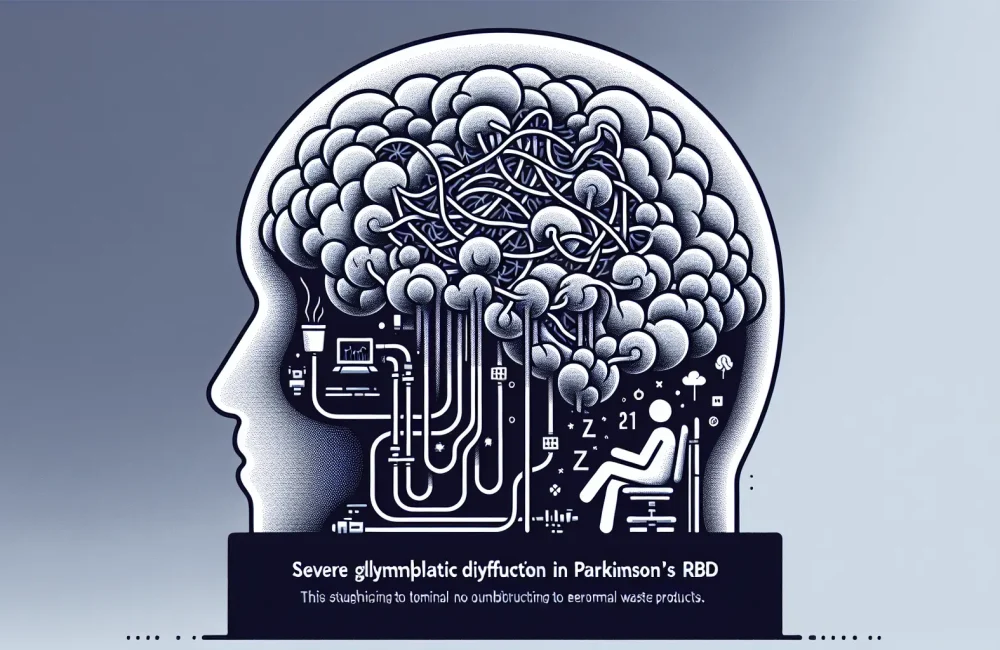By CAFMI AI From npj Parkinson’s Disease (Open Access)
Objective Measurement of Hypomimia in Parkinson’s Disease Using Facial Action Units
Hypomimia, or reduced facial expressivity, is a hallmark motor symptom of Parkinson’s disease (PD) that adversely affects social communication and quality of life. Traditionally, clinical assessment of hypomimia relies on subjective rating scales, which are prone to variability and limited sensitivity. This study employs advanced computer vision techniques to objectively quantify facial muscle activity by analyzing facial action units (AUs) during standardized facial expressions and spontaneous speech in PD patients compared to controls. The use of AU analysis provides a reproducible, quantitative metric for facial muscle dysfunction, overcoming the challenges presented by subjective clinical ratings. By measuring the intensity of specific AUs related to critical facial muscles such as the lip corner puller, cheek raiser, and brow lowerer, the study links objective facial motor deficits to hypomimia severity in PD, offering a reliable biomarker for this disabling symptom. This approach has important clinical implications as it may allow for more precise monitoring of facial motor symptoms and potentially enhance early detection of disease progression.
Correlations Between Facial Action Units, Hypomimia Severity, and Motor Dysfunction
The study reveals strong, statistically significant correlations between diminished activation of particular facial action units and increased clinical severity of hypomimia and motor impairment in Parkinson’s disease patients. By assessing a cohort of PD patients alongside age-matched healthy controls, researchers observed markedly lower intensity scores in AUs corresponding to the lip, cheek, and brow regions. These reductions correlate with scores obtained from clinical hypomimia assessments and the Unified Parkinson’s Disease Rating Scale (UPDRS) motor evaluations. Both spontaneous speech and posed facial expression tasks yielded consistent findings, underscoring the robustness of AU metrics in reflecting true motor dysfunction rather than task-dependent variability. This provides clinicians with objective evidence that hypomimia is closely tied to the broader motor manifestation of PD and suggests that AU intensity can serve as a surrogate marker for monitoring disease severity and therapeutic response, addressing a key challenge in PD management.
Clinical Implications and Future Directions for Parkinson’s Disease Management
Facial action unit analysis represents a promising tool for enhancing clinical evaluation and monitoring of Parkinson’s disease facial symptoms. Objective AU measurement can complement traditional subjective scales to improve accuracy, consistency, and sensitivity in detecting hypomimia progression and treatment effects. Given hypomimia’s impact on patient social interaction and quality of life, integrating AU-based assessments into clinical workflows could facilitate earlier intervention and tailored management strategies. Moreover, future research could explore the application of AU metrics as endpoints in clinical trials, especially those targeting facial motor function. Implementing computer vision analyses in routine practice may usher in novel diagnostic and therapeutic pathways, including telemedicine applications and remote monitoring, thereby optimizing patient outcomes. Limitations of the current study include sample size and generalizability, which further research should address, alongside evaluating AU analysis responsiveness over longitudinal follow-up and diverse populations to solidify its role within comprehensive PD care.
Read The Original Publication Here






